When Did Digital Cameras Become Mainstream ?
Digital cameras became mainstream in the late 1990s and early 2000s.
1、 Introduction of consumer-grade digital cameras in the 1990s.
Digital cameras became mainstream with the introduction of consumer-grade models in the 1990s. Prior to this, digital cameras were primarily used by professionals and were large, expensive, and not easily accessible to the general public. However, advancements in technology and decreasing costs led to the development of more affordable and user-friendly digital cameras.
One of the key milestones in the mainstream adoption of digital cameras was the release of the Apple QuickTake 100 in 1994. This was one of the first consumer-grade digital cameras that was marketed towards everyday users. It had a resolution of 640x480 pixels and could store up to 8 images. While the image quality was not comparable to film cameras at the time, it marked the beginning of a new era in photography.
Throughout the 1990s, other companies such as Kodak, Sony, and Canon also introduced their own consumer-grade digital cameras. These cameras offered higher resolutions, improved image quality, and increased storage capacity. They also became more compact and portable, making them more convenient for everyday use.
The early 2000s saw further advancements in digital camera technology. Megapixel counts increased, allowing for higher resolution images, and LCD screens became more common, enabling users to preview and review their photos instantly. Additionally, the introduction of memory cards made it easier to store and transfer images.
Today, digital cameras have become ubiquitous. With the rise of smartphones, almost everyone has a camera in their pocket. Smartphone cameras have evolved to the point where they can rival the image quality of some dedicated digital cameras. However, professional-grade digital cameras still offer superior image quality, versatility, and control, making them the preferred choice for many photographers.
In conclusion, digital cameras became mainstream in the 1990s with the introduction of consumer-grade models. Since then, they have undergone significant advancements, becoming more affordable, user-friendly, and capable of capturing high-quality images. While smartphone cameras have become popular, dedicated digital cameras still hold their place in the photography world.
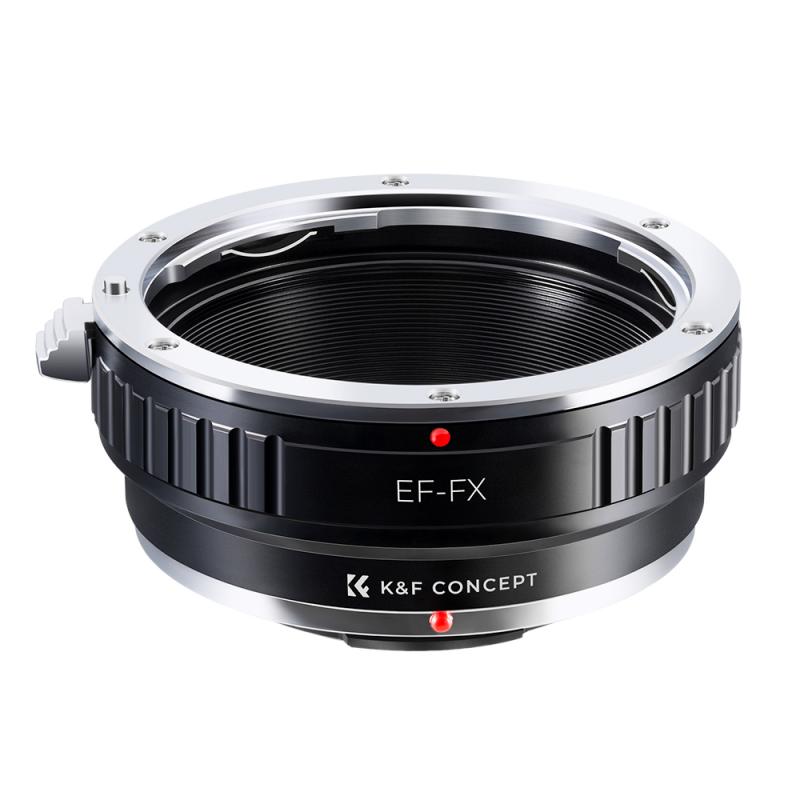
2、 Rise in popularity of digital cameras in the early 2000s.
Digital cameras became mainstream in the early 2000s, marking a significant shift in the photography industry. Prior to this, traditional film cameras were the primary means of capturing images. However, advancements in technology and the increasing affordability of digital cameras led to their rise in popularity.
The early 2000s saw a rapid increase in the availability and variety of digital cameras. Manufacturers such as Canon, Nikon, and Sony began producing consumer-friendly models that offered higher resolution, improved image quality, and greater ease of use. These advancements made digital cameras more appealing to the general public, who were now able to capture and instantly view their photos without the need for film processing.
One of the key factors that contributed to the mainstream adoption of digital cameras was the convenience they offered. With digital cameras, users could take hundreds of photos without worrying about running out of film or the cost of developing. Additionally, the ability to delete unwanted photos and only print the desired ones further enhanced the appeal of digital photography.
The early 2000s also witnessed the rise of social media platforms and the internet, which played a significant role in the popularity of digital cameras. People now had the means to easily share their photos online, leading to a surge in the demand for digital cameras as individuals sought to capture and share their experiences with others.
In recent years, the popularity of digital cameras has continued to grow, albeit with some changes. With the advent of smartphones, many people now rely on their phone cameras for everyday photography. However, digital cameras still hold a special place for photography enthusiasts and professionals who require higher image quality, manual controls, and interchangeable lenses.
In conclusion, digital cameras became mainstream in the early 2000s due to advancements in technology, affordability, convenience, and the rise of social media. While smartphone cameras have become more prevalent, digital cameras continue to be favored by photography enthusiasts and professionals for their superior capabilities.

3、 Transition to mainstream adoption of digital cameras by mid-2000s.
The transition to mainstream adoption of digital cameras began in the mid-2000s. Prior to this period, digital cameras were primarily used by professionals and enthusiasts due to their high cost and limited capabilities. However, advancements in technology and a decrease in prices led to a significant increase in the popularity and accessibility of digital cameras.
One of the key factors that contributed to the mainstream adoption of digital cameras was the improvement in image quality. Early digital cameras had relatively low resolution and produced images that were often grainy and lacked detail. However, as sensor technology improved, digital cameras started to offer higher megapixel counts and better image processing capabilities. This allowed users to capture photos with greater clarity and detail, rivaling the quality of traditional film cameras.
Another factor that played a crucial role in the mainstream adoption of digital cameras was the convenience they offered. Unlike film cameras, digital cameras allowed users to instantly view and delete photos, eliminating the need for costly film development and printing. Additionally, the ability to store hundreds or even thousands of photos on a single memory card made digital cameras more practical for everyday use.
The mid-2000s also saw the rise of social media platforms and online photo sharing websites, such as Flickr and Facebook. These platforms provided a means for users to easily share their digital photos with friends and family, further fueling the demand for digital cameras.
In recent years, the popularity of digital cameras has continued to grow, albeit at a slower pace. The advancements in smartphone camera technology have made it possible for people to capture high-quality photos using their mobile devices. However, dedicated digital cameras still offer superior image quality, manual controls, and versatility, making them a preferred choice for professional photographers and photography enthusiasts.
In conclusion, the transition to mainstream adoption of digital cameras began in the mid-2000s, driven by improvements in image quality, convenience, and the rise of social media platforms. While smartphone cameras have become increasingly capable, digital cameras continue to be favored by those seeking superior image quality and advanced features.
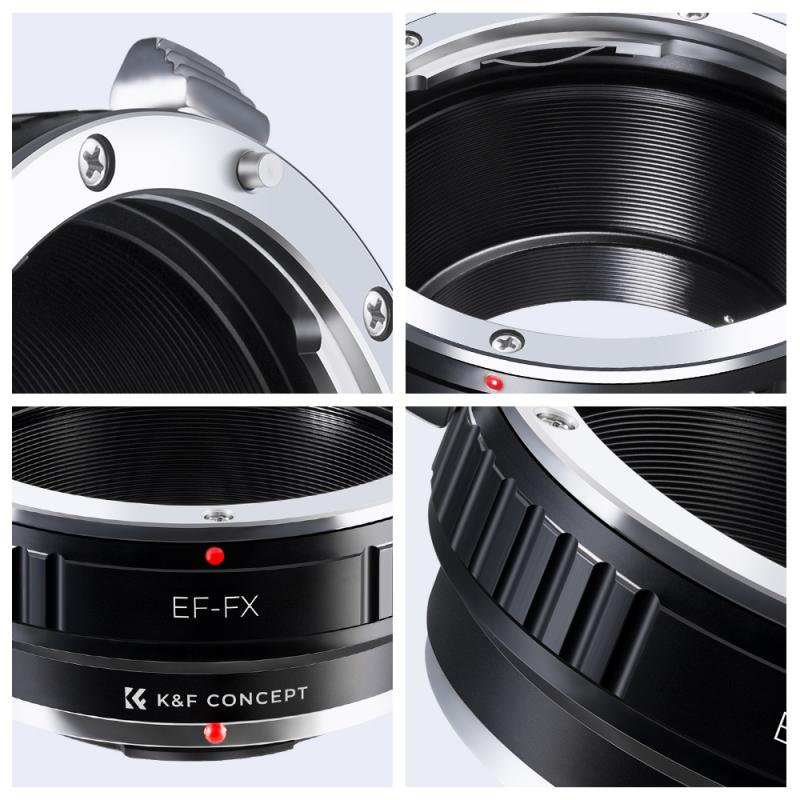
4、 Increasing affordability and accessibility of digital cameras in the late 2000s.
Digital cameras became mainstream in the late 2000s due to increasing affordability and accessibility. Prior to this, digital cameras were considered a luxury item and were not widely available to the general public. However, advancements in technology and manufacturing processes led to a decrease in production costs, making digital cameras more affordable for consumers.
During this time, digital cameras also became more user-friendly and intuitive, making them more accessible to a wider range of individuals. Manufacturers began to focus on improving features such as image quality, resolution, and storage capacity, making digital cameras a viable alternative to traditional film cameras.
The late 2000s also saw a significant increase in the popularity of social media platforms such as Facebook and Instagram. These platforms provided a platform for individuals to share their photos with a wider audience, further driving the demand for digital cameras.
Additionally, the rise of smartphones with built-in cameras also played a role in the mainstream adoption of digital cameras. As smartphone technology advanced, the quality of the built-in cameras improved, making them a convenient option for capturing everyday moments. However, dedicated digital cameras still offered superior image quality and more advanced features, appealing to photography enthusiasts and professionals.
In recent years, the digital camera market has faced challenges due to the increasing capabilities of smartphone cameras. Many individuals now rely solely on their smartphones for photography, as they offer convenience and portability. However, dedicated digital cameras continue to evolve and innovate, offering features such as interchangeable lenses, advanced image stabilization, and higher resolution sensors, catering to the needs of photography enthusiasts and professionals.
Overall, the increasing affordability and accessibility of digital cameras in the late 2000s played a significant role in their mainstream adoption. While smartphone cameras have become more popular in recent years, dedicated digital cameras continue to be favored by photography enthusiasts and professionals for their superior image quality and advanced features.
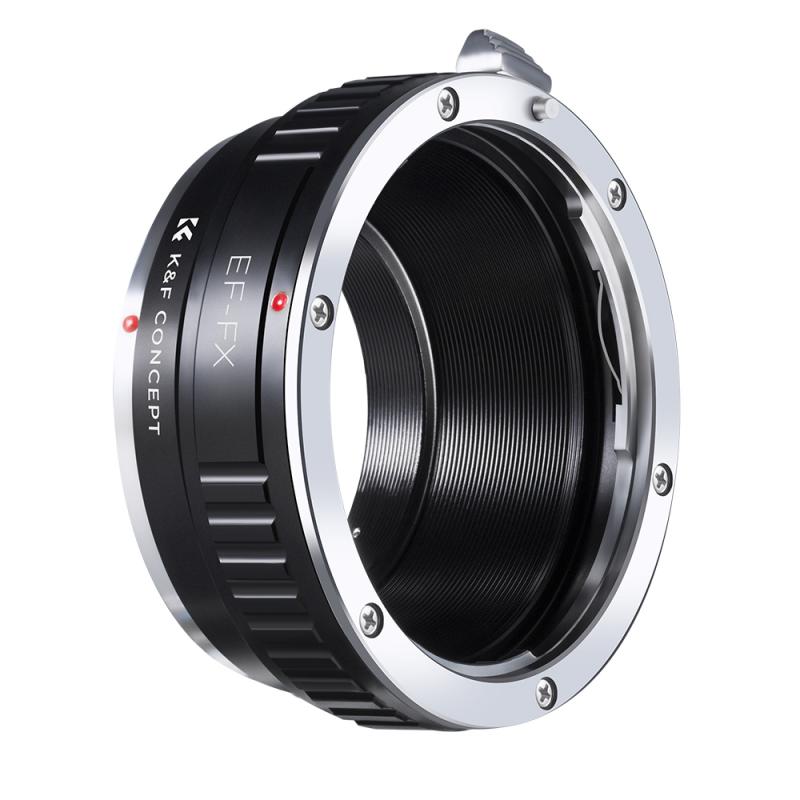







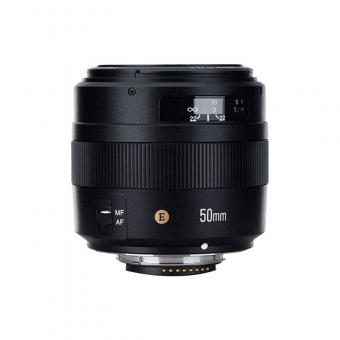




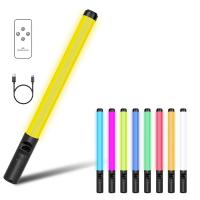




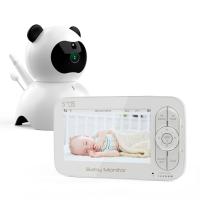



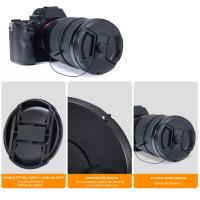

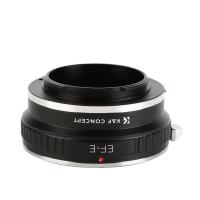


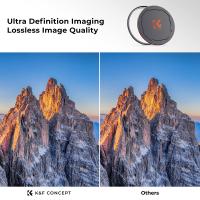




There are no comments for this blog.